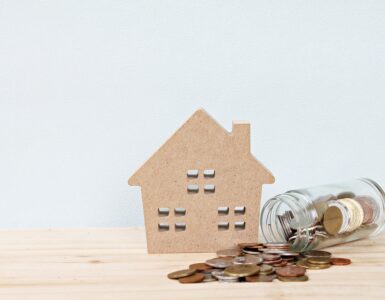Many families that never used government assistance before are now finding themselves applying for such benefits. Why? Because the pandemic caused financial distress as people lost their jobs and saw dramatic decreases in income. And even though the pandemic isn’t as bad as before, many are turning to government assistance as inflation is making it increasingly hard to pay the bills and put food on the table.
What are some government assistance programs that could help you keep your head above water? You’ll find them below. And if you are wondering what it takes to qualify, most programs usually require that you make below a certain level of income and can prove citizenship, although your mileage may vary depending on what you apply for.
1. Section 8
We begin with the government assistance program that can help you with your biggest monthly bill: The rent. Section 8 (aka the Housing Choice Voucher Program) will pay your landlord directly each month and ensure you don’t spend more than 30 percent of your income on rent. In some cases, it can even cover your utilities, depending on the agreement you have with your landlord. It’s worth noting that Section 8 vouchers take some time to come through, so if you need emergency housing assistance because you are homeless or facing eviction, call 211.
2. Food Stamps
The Supplemental Nutrition Assistance Program (aka SNAP or food stamps) gives you funds each month on an EBT card that you can swipe at the grocery store to fill your fridge. You won’t be able to buy some prepared foods with your EBT card, but it can ensure that your family does not go hungry.
3. WIC
Are you pregnant, postpartum, or breastfeeding? Or do you have kids under five? Then the Special Supplemental Food Program for Women, Infants, and Children (aka WIC) can ensure your nutritional needs are met by giving you essentials like milk, fruits, vegetables, cheese, baby food, etc., along with education on how to stay healthy. And if you are wondering if you can get food stamps and WIC at the same time, the answer is yes, as long as you qualify.
4. TANF
Temporary Assistance for Needy Families (aka TANF) is a program that offers cash, child care, and job training to help those in need become self-sufficient down the road.
5. LIHEAP
The Low-Income Home Energy Assistance Program (aka LIHEAP) can help you combat rising utility bills by covering your cooling and heating costs. It can also help you with repairs or replacements for heating and cooling equipment or making your home more energy-efficient to reduce bills later on.
6. ACP
The Affordable Connectivity Program (aka ACP) was implemented to make Internet service more accessible for all. It offers a $30 monthly discount on your Internet bill and, in some instances, makes it free to get online, depending on your situation and the provider you pick.




